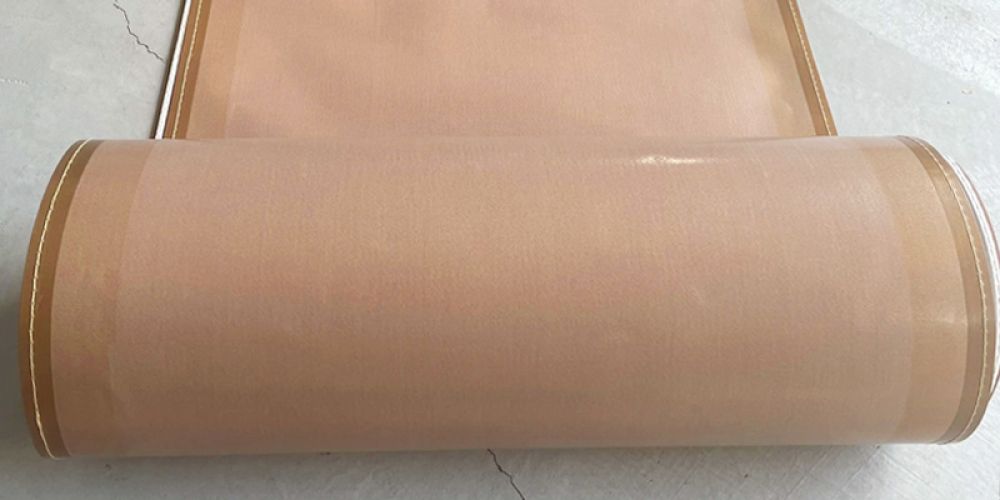
When the conveyor belt works in a high temperature environment, effective heat dissipation measures need to be taken to ensure its normal operation and extend its service life. The following are some common heat dissipation methods:
。Principle: Use water or other coolants to reduce the temperature of the conveyor belt.
。Method: Water is sprayed directly on the conveyor belt through a nozzle or pipe to quickly reduce its surface temperature. At the same time, water can also circulate through the pipes inside the conveyor belt to further reduce the temperature.
。Advantages: Fast cooling effect, suitable for emergency situations in high temperature environments.
。Precautions: The amount and frequency of cooling water need to be controlled to avoid excessive moisture from damaging the material of the conveyor belt.
。Principle: Use equipment such as fans or hair dryers to blow cold air to the surface of the conveyor belt to reduce its temperature.
。Method: Control the cooling effect by adjusting the wind speed and wind direction.
。Advantages: No damage to the material of the conveyor belt.
。Precautions: The cooling effect may be slower and is suitable for lower temperature environments.
。Principle: Increase the heat dissipation area and heat conduction efficiency of the conveyor belt by installing heat sinks.
。Method: The heat sink is installed on the surface or inside of the conveyor belt. When the conveyor belt works in a high temperature environment, the heat sink can absorb and dissipate some of the heat.
。Advantages: Continuous cooling can be performed without affecting the operation of the conveyor belt, and the number and position of the heat sink can be adjusted as needed.
。Principle: Use high-temperature lubricant to apply to the surface of the conveyor belt to reduce friction and heat generation.
。Method: The lubricant can maintain stable lubrication performance in a high temperature environment and reduce the temperature of the 。conveyor belt by reducing friction heat.
。Advantages: It is suitable for high-temperature resistant conveyor belts that need to work continuously for a long time, and can adapt to different working conditions by selecting appropriate lubricants.
High-efficiency heat dissipation conveyor belt: Some advanced conveyor belt designs combine multiple heat dissipation methods, such as embedded metal heat conductive sheets, using refrigeration sheets to cool the water mist in the water tank, etc., to achieve more efficient heat dissipation.
Heat dissipation conveyor chain (cooling conveyor): Rapid cooling is achieved through air cooling or water mist cooling by forced axial flow fans, which is suitable for occasions where high-temperature metal parts are quickly cooled.
In summary, there are many ways to dissipate heat in high temperature environments. You can choose the appropriate heat dissipation method according to actual needs and working environment. At the same time, in order to ensure the normal operation of the conveyor belt and extend its service life, the conveyor belt should be inspected and maintained regularly.